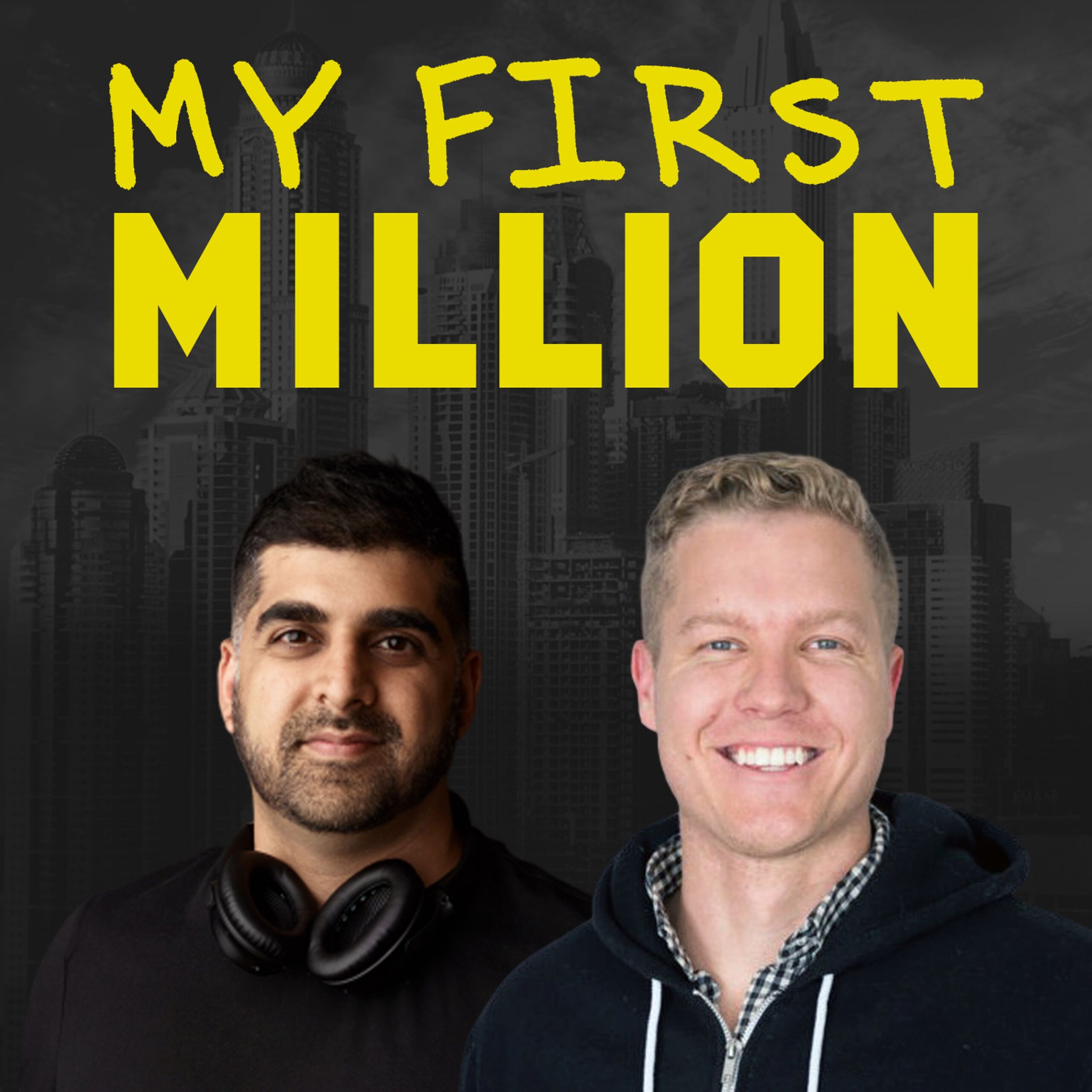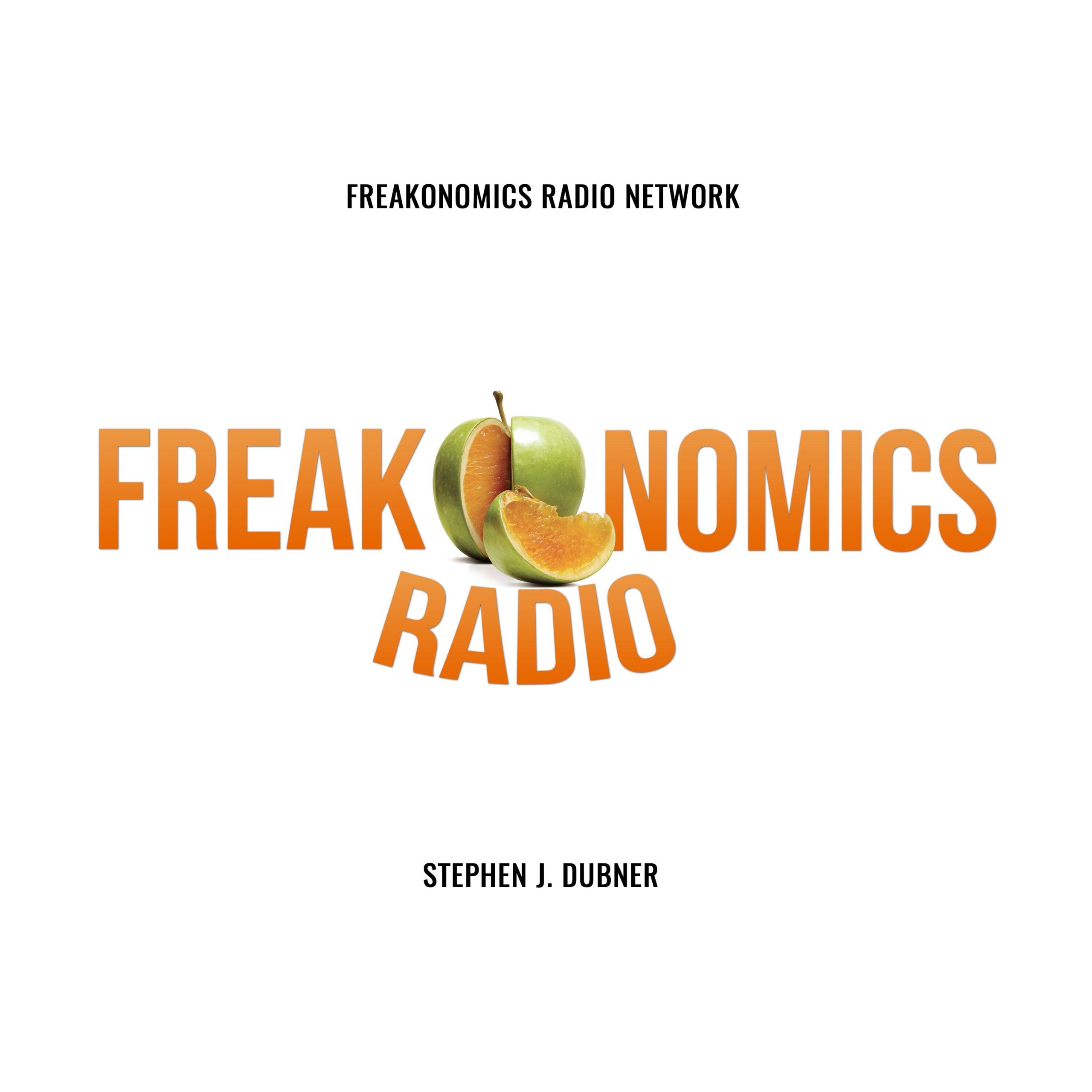Food, Drugs, and Tech—100 Years of Public Health
The federal agency known as the FDA, or the Food and Drug Administration, was born over 100 years ago—at the turn of the industrial revolution, in a time of enormous upheaval and change, and rapidly emerging technology. The same could be said to be just as true today. From CRISPR to synthetic biology to using … Read more




